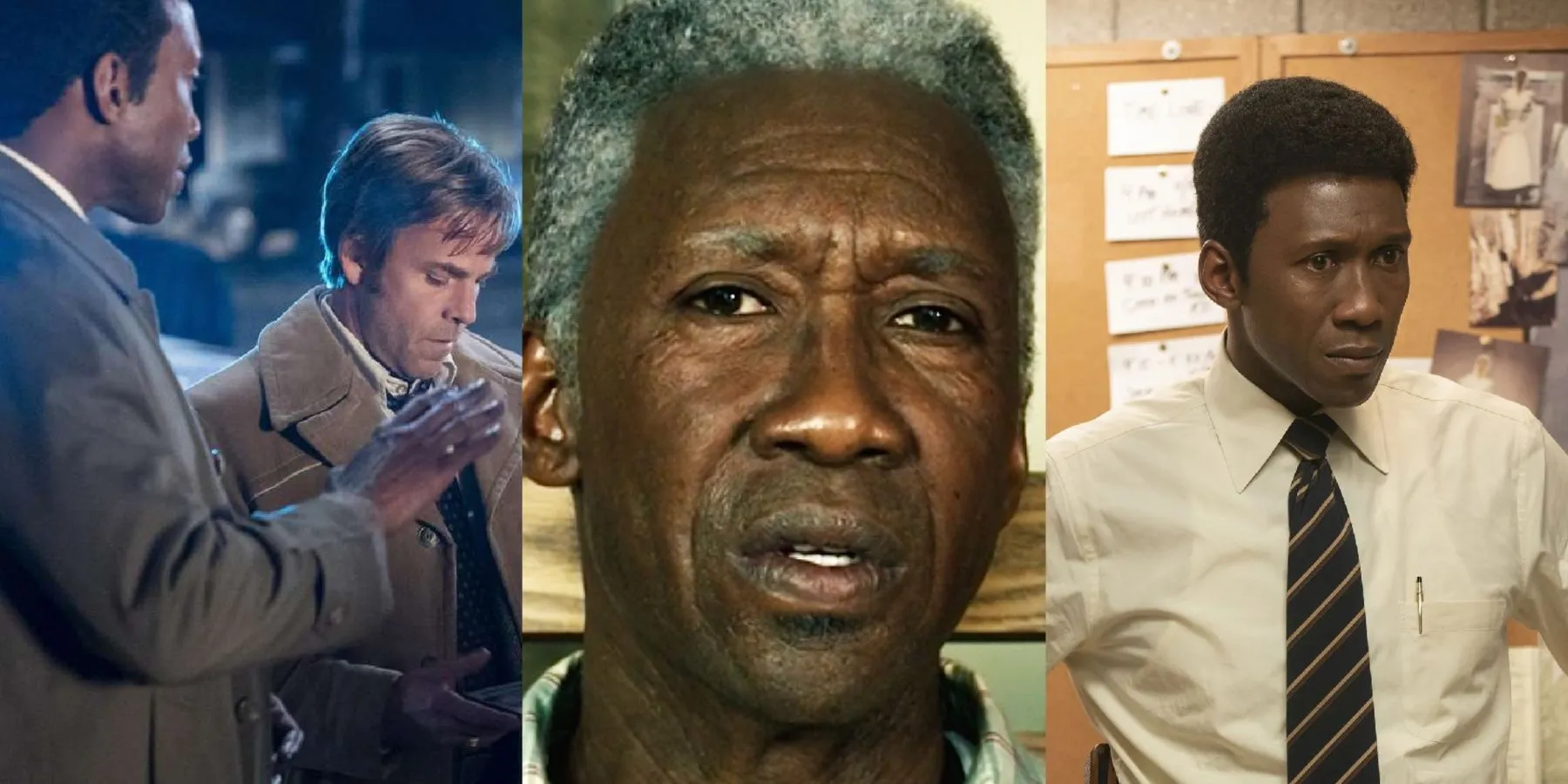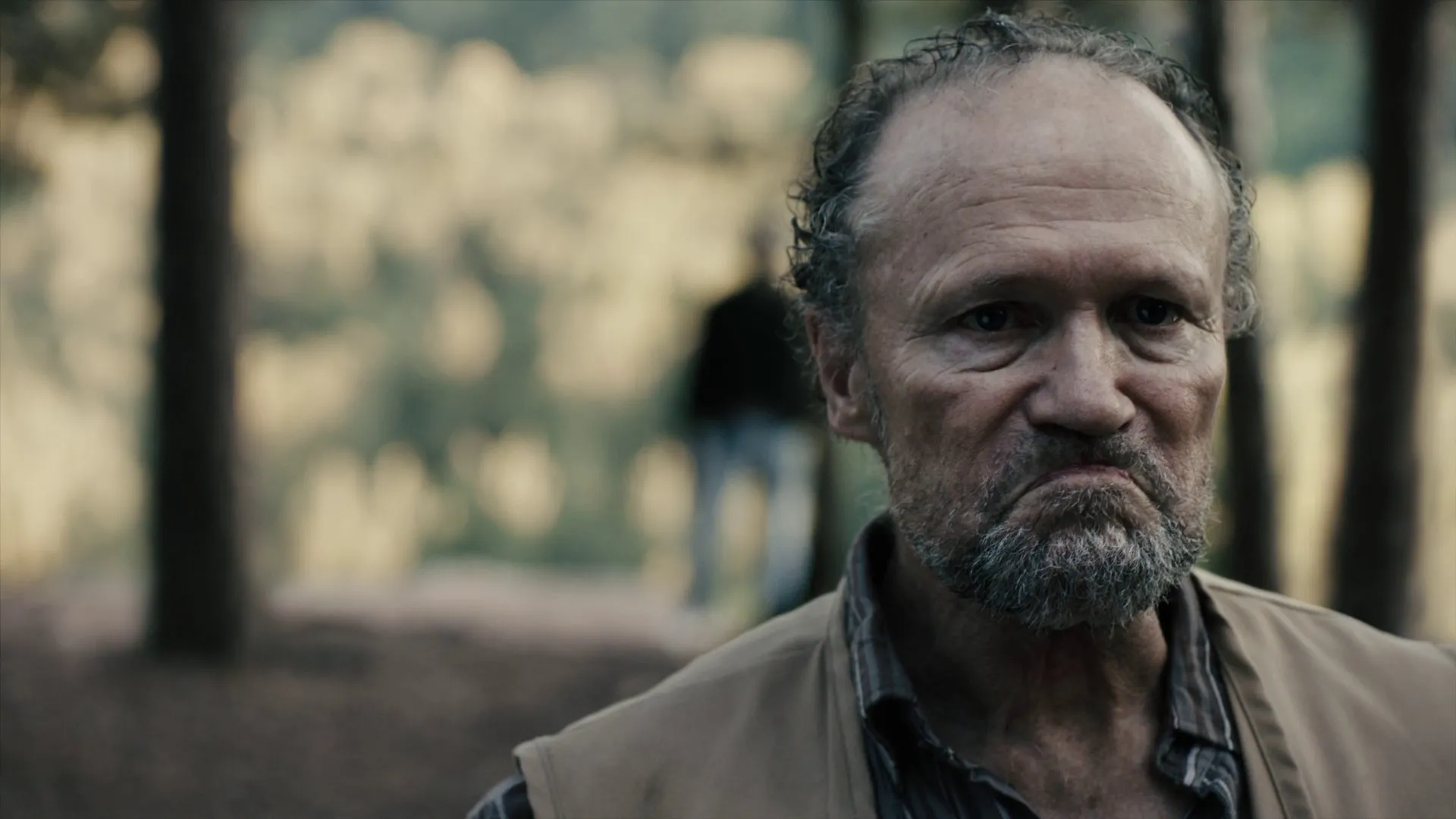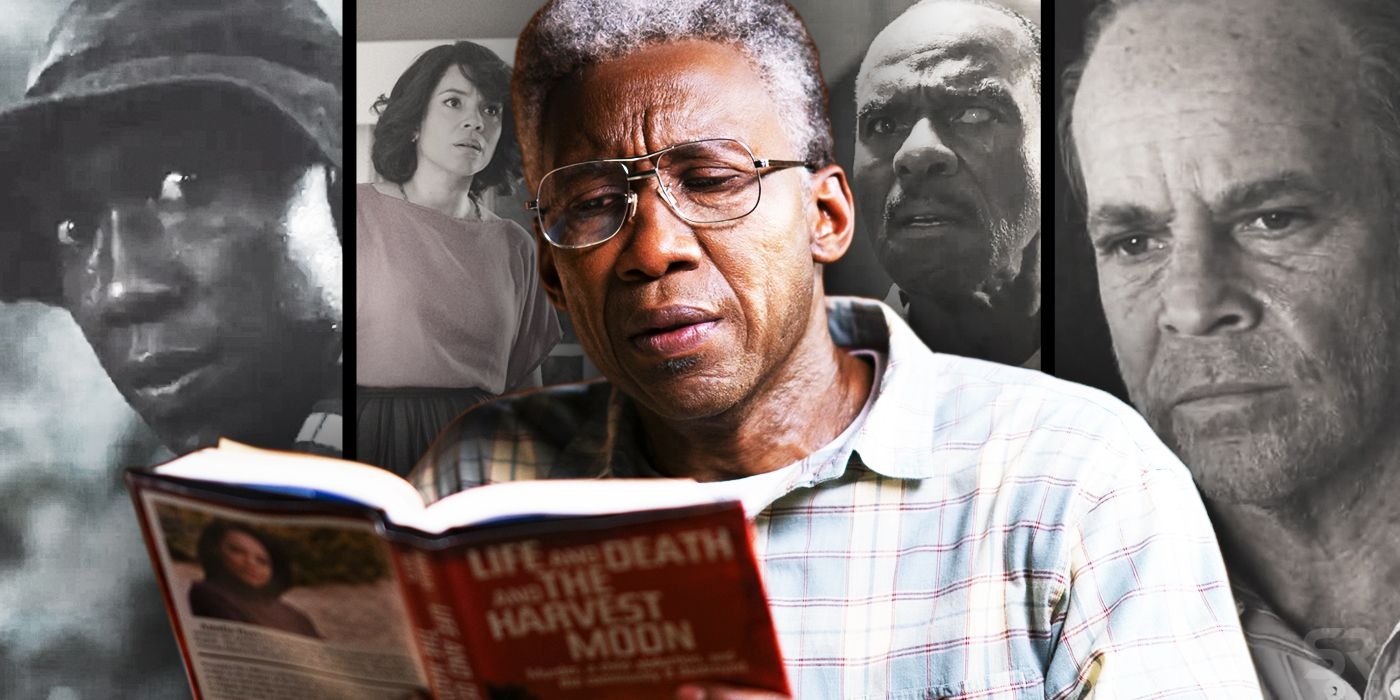As the story drew to its final stages, it became a matter of urgency for Wayne to crack the Purcell case before his illness took full control of him. After more than ten years of estrangement, he and Roland West mended fences following their disagreement during the 1990 reopening of the investigation.
Together again, they pushed forward with renewed determination to find answers. When the puzzle finally came together, the truth became clear, even though earlier missteps had taken them off course. Some leads turned out to be coincidences, yet they still guided them in the right direction.

All their investigations repeatedly led them back to Hoyt Farms, suggesting there was some connection to the children’s disappearance and death. At some point, there was even reason to believe a larger, more sinister operation involving abuse was at play.
Eventually, Wayne and Roland realized the situation was not as elaborate as it seemed. Isabel Hoyt, daughter of Edward Hoyt, had gone through the loss of her child, Mary, before the 1980s. Around that time, Lucy Purcell—who worked at Hoyt Farms—brought her children to a company gathering.
That was when Isabel first encountered Julie, who bore a striking resemblance to Mary. Lucy later permitted Isabel to spend time privately with Julie, allowing her to pretend she still had a daughter. These meetings were witnessed by another Hoyt employee, Junius Watts, as well as Will Purcell.
But things changed rapidly once Isabel stopped taking her prescribed Lithium. In her confused state, she believed Julie was her late daughter and decided to take her back to the Hoyt property to live there permanently.
Will tries to protect his sister during one of these attempts, and the confrontation leads to his accidental death. Still, Isabel went ahead and took Julie with her. For years, the girl lived secretly in a fully equipped basement on the Hoyt estate until 1990, when Watts helped her escape.
Julie later found refuge at a convent where the nuns helped her fake her death to ensure no one came looking for her. While there, her childhood friend—now working as a gardener—found her again. They fell in love, got married, and eventually had a child.
Sadly, Wayne didn’t learn about this part of her life until long after he had been convinced that Julie had died. Feeling restless and uneasy, Wayne couldn’t shake off his doubts. The report that Julie died from an STD didn’t add up for him.
That prompted him to re-read the book his wife wrote about the Purcell case, and it was from there that the truth began to come together. After piecing the information together, he tracked down Julie’s address and made his way to see her as part of his search for closure.
Unfortunately, just as he arrived at the house, his memory failed him. He forgot where he was and why he came.
Though he did come face-to-face with Julie and her daughter, he had no idea who they were. Julie may have recognized him from his involvement in the original case, and her daughter likely identified him from his recent visit to the convent alongside Roland.
That moment hit hard because the viewers knew everything, but the man who worked so hard to find answers had no idea he had found what he was searching for. He had to rely on his son to come to pick him up, robbed of a sense of peace just as it was within reach.
He came very close to resolving everything, but his memory betrayed him. Now, he will carry on with life, unaware of what he missed—or possibly stuck with a constant feeling that something isn’t quite right.
What Was the Storyline in True Detective Season 3?
This season’s plot is built around a missing children case that first happened in 1980. Will and Julie Purcell, two young siblings from a small town in Arkansas, left home on their bicycles on the same day Steve McQueen passed away.
After that, they were never seen again. Detectives Wayne Hays and Roland West were assigned to handle the case. While they managed to locate Will’s body, they were never able to find Julie or bring the case to a proper close.
Suspicion later fell on a local scrap collector, Brett Woodard, after a violent confrontation with police officers. Evidence found at his home gave the authorities an excuse to close the case quickly, mainly to calm public fear.
Still, Wayne never accepted that conclusion, and his refusal to drop the matter led to him being removed from field duty and placed behind a desk to focus on paperwork. That went on for ten years until a robbery at a pharmacy revealed Julie’s fingerprints, proving she was still alive.
Roland was made head of a new unit and requested Wayne’s assistance once again, hoping the development would help him return to detective work. Even with renewed efforts, the case remained unsolved and continued to strain their working relationship.
By 2015, an aged Wayne sat down with a small TV crew to recount the case for a documentary-style interview. As he spoke with the director, fragments of his memory started resurfacing, giving him new clues to work with.
That process reignited his interest in solving the case properly. He also reconnected with Roland, though it wasn’t easy due to how things ended between them. Still, Roland couldn’t turn his back on him, especially since Wayne could barely recall all the events from their past together.
What Meaning Did the Season 3 Ending Carry?
The issue of memory loss and the passage of time remains central to this season’s message. There’s a strong current of self-rediscovery running through the story, and this is highlighted by Julie’s experience of believing for years that she was someone else’s child.

Hays undergoes a similar process—his older self appears more reflective and emotionally aware, whereas his younger version seems hardened and cold. When we first met him in 2015, it was hard to believe he ever had a strained relationship with his wife Amelia.
Whether this transformation happened because of maturity or due to selective memory loss is left unanswered. That last scene of the season continues to stay with viewers. Though it ends with Wayne sitting peacefully on his porch, surrounded by loved ones including Roland, the tone remains uncertain.
His grandchildren play in the background, but the final image is of a much younger Wayne during his military service in Vietnam. He turns to look over his shoulder before walking off into the thick jungle. What follows after that is left open.
This moment can mean many things. Throughout the season, it’s made clear that Wayne struggles to differentiate between past and present. Sometimes he’s confused about when certain things occurred.
That return to Vietnam could indicate that his mind is now fully lost to the disease—no longer grounded in the present. On the other hand, it could suggest that none of what we saw took place.
Wayne’s time as a soldier involved carrying out missions deep within enemy territory, often in isolation. It’s possible that this intense period made him escape mentally into imagined situations, possibly as a coping mechanism.
That line of thought reflects an earlier season where Rust Cohle spoke about the psychological effects of deep undercover work. These roles often leave lasting impacts on the mind. And just like Wayne, viewers are left to wonder what was real and imagined.



